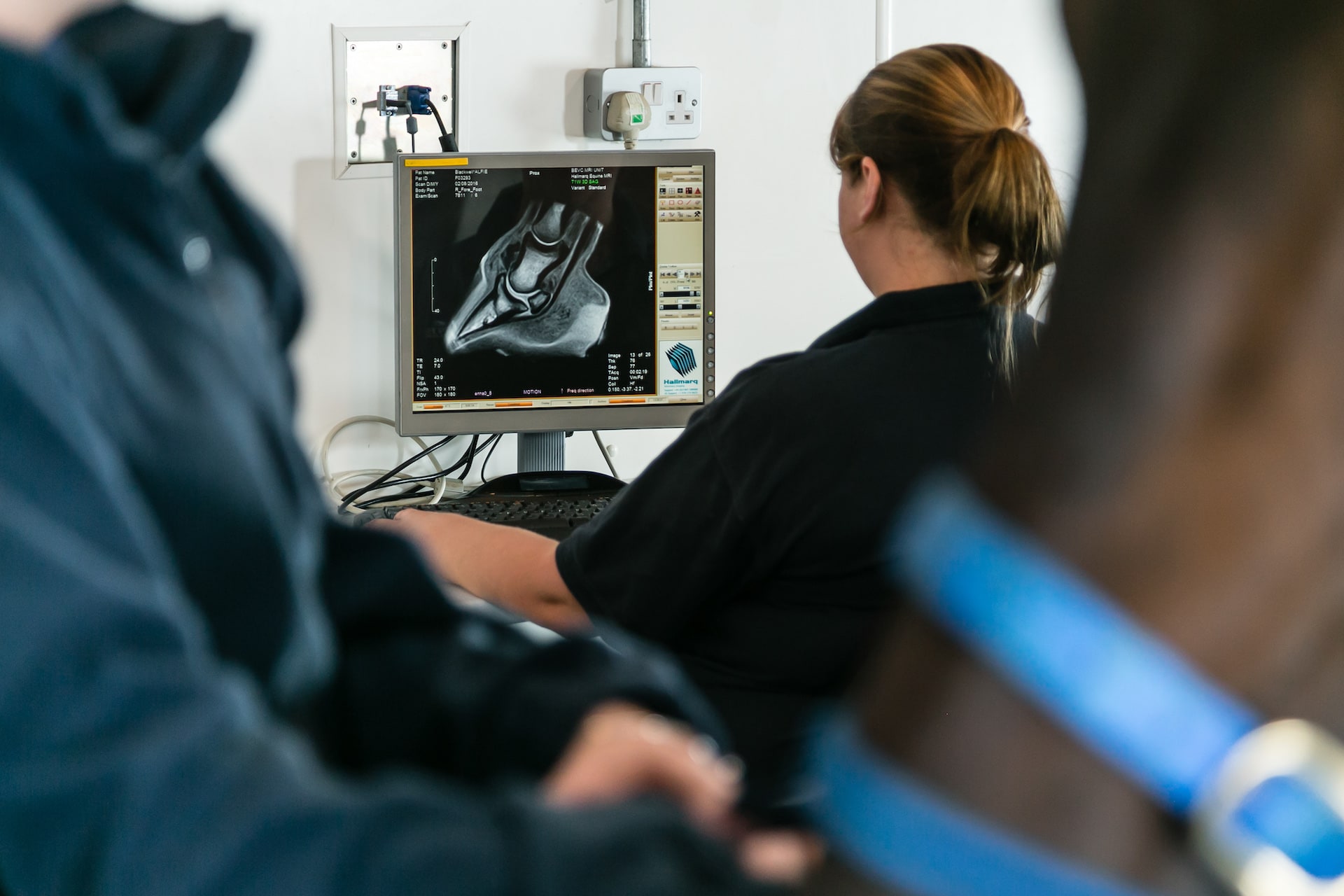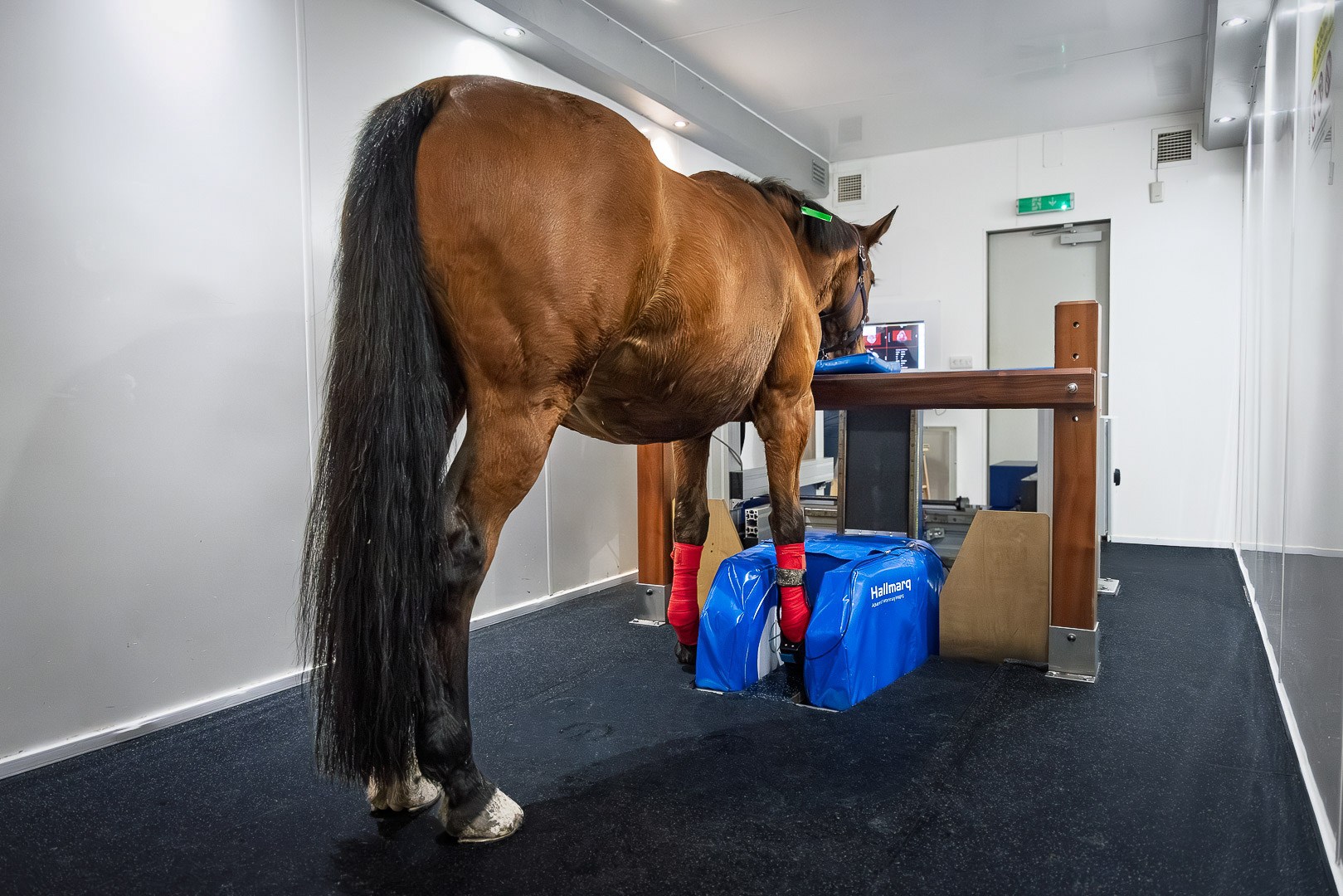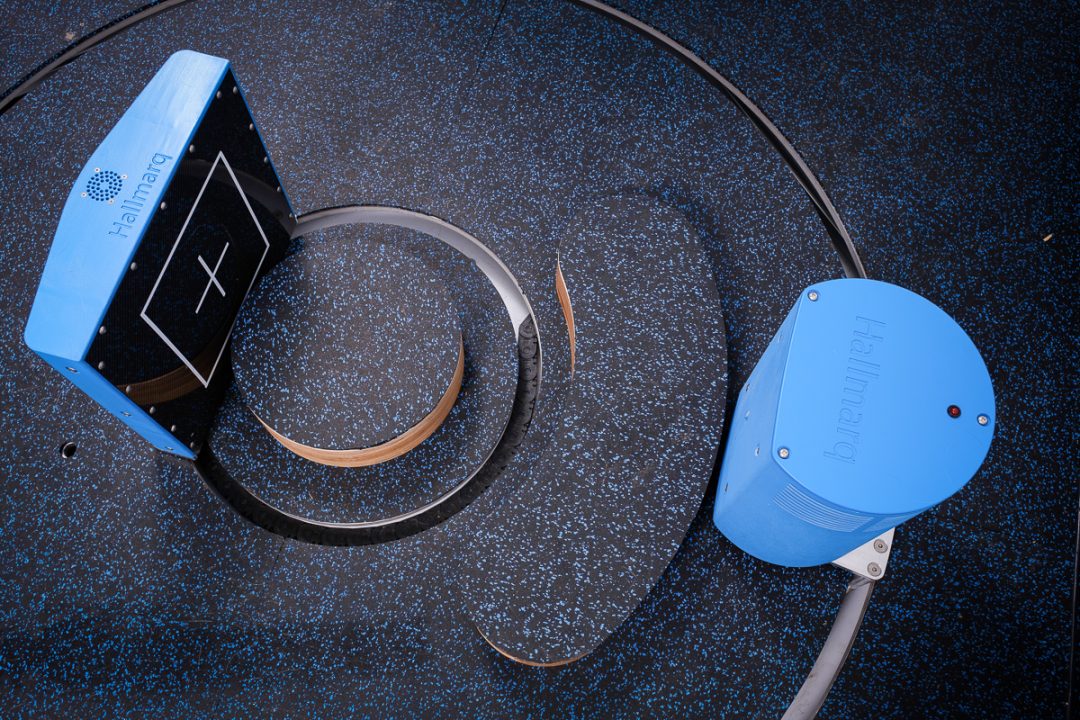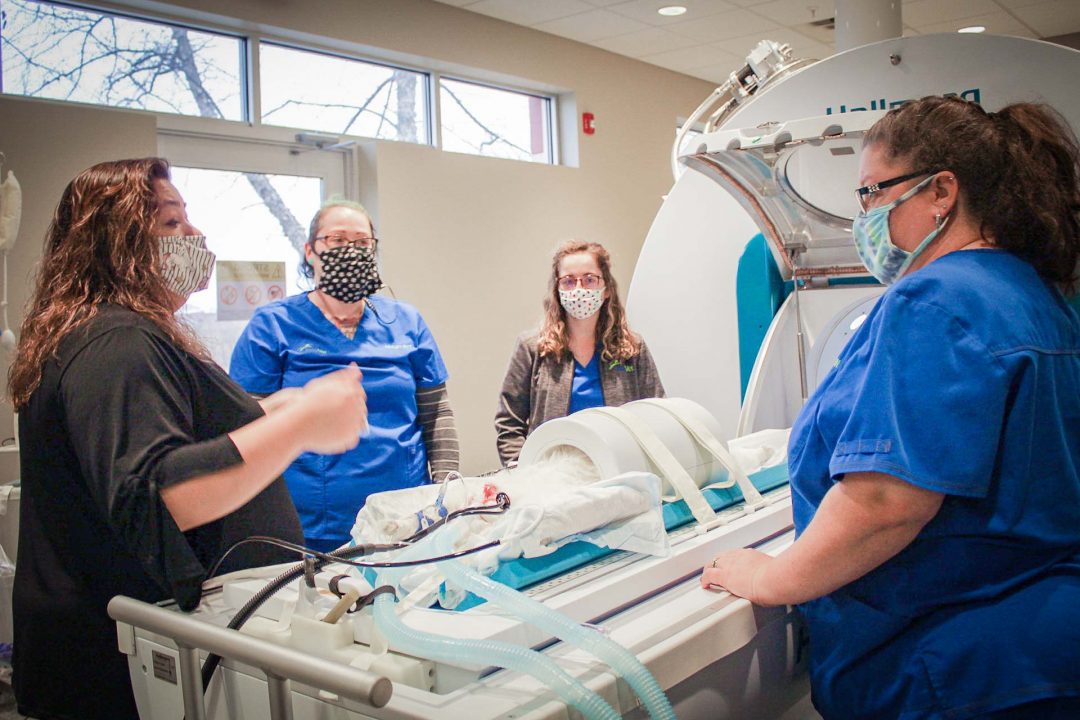Standing Equine MRI has gained popularity as the gold standard imaging modality in recent years, and with good reason. Advanced equine imaging provides exceptionally detailed images which can prove instrumental in achieving a definitive diagnosis for patients presenting with distal limb lameness or injury.
MRI isn’t always necessary to reach a correct diagnosis, however, but how do you know when it’s time to make the referral?
There are several scenarios when MRI is preferable to other imaging modalities without being absolutely necessary. But, in some cases, it can be extremely difficult to reach a diagnosis without it. Prolonging the decision to make the referral in these situations could increase your patient’s discomfort, or cause a delay in starting an appropriate course of treatment and affect the prognosis for recovery.
Here are some situations when you should consider the option to refer your patient for advanced equine imaging.
When You Don’t Have the Tools to Get a Definitive Answer
Not every practice has the resources at its disposal to perform advanced imaging. First-line imaging options, including X-ray or ultrasound, can be limited in their scope. X-ray is more effective for imaging bones, while ultrasound is limited to soft tissues. MRI, CT and contrast CT are more comprehensive, allowing imaging of soft tissue range as well as bone, thus providing a more definitive answer. When the imaging equipment at your immediate disposal doesn’t provide the definitive answer, your patient is likely to benefit from a referral for advanced imaging.
When Treatment Efforts Yield Limited or No Improvement
Some areas of equine anatomy, specifically the foot, can be particularly challenging to image completely. Even the best efforts from other imaging modalities might not provide a clear diagnosis.
Without a clear diagnosis, a course of treatment may initially be prescribed to see how the patient responds. If this produces a mild response, no response at all, or even a good response that doesn’t last, considering an alternative to repeating the treatment would be appropriate. A poor response may necessitate the need to refer the patient for further diagnostics, including advanced imaging, to re-evaluate the initial findings.
If a veterinarian is reluctant to refer due to perceived affordability, it’s important not to make any assumptions about the client’s willingness to pay for advanced equine imaging. It’s also important to appreciate the cost implications of alternative options, empirical treatments or potentially a slower recovery due to inaction.
Your clients will undoubtedly appreciate an in-depth discussion of all the available options so that they can then make an informed choice.
When a Client Requests Advanced Imaging
Nowadays, clients are more than able to access ready information about advanced imaging techniques. Increased client education has resulted in a raised awareness of advanced imaging as common practice in human medicine. Many are therefore applying the same thought process when it comes to diagnosing their horses.
If a client directly asks to be referred for advanced imaging, the referring veterinarian need not be hesitant in doing so. In these instances, referring to a practice with which you have a pre-existing working relationship can be beneficial. Referral centers understand that the referring vet is an integral part of the treatment process.
Clients are often reassured by seeing their regular veterinarian working in collaboration with a specialist to diagnose the patient; having a team or community behind them improves confidence in the diagnosis and can increase the likelihood of compliance with the treatment plan.
Most equine veterinarians understand the value of advanced equine imaging, but referring veterinarians are often concerned that clients won’t return to them for treatment. This fear is often unfounded.
Specialists need to generate income from their MRI scans in order to see a return on their investment in the machine. Alienating a referring veterinarian, in order to poach one new patient, would do more harm to a specialist’s business model than they could gain from a newly acquired case. It’s in everyone’s best interest to return the patient to the referring veterinarian for treatment once a diagnosis has been reached and working together to ensure the patients best route to recovery is key.
Knowing when to make the referral for advanced equine imaging enables you to make the best recommendations for your patients. The result? Better interactions with your clients, better-informed diagnoses and, ultimately, better outcomes for your patients.





